This is the second of two blogs on my time in Ireland, I hope you enjoy!
Day 11 (July 13, 2016) - Exploring the City of Cork
I will spare you the gory details and I will just say that I have had chronic digestive issues for more years than I care to recount and have explored numerous treatments – from both mainstream and alternative medicine – to get matters under control. Some things helped, some things didn’t, but overall I was still feeling awful way too often so I worked through a list of elimination diets to narrow in on the potential trigger food(s) more specifically. Fortunately for me cheese and dairy did not seem to be the issue (I would have been heartbroken) but I was quite surprised that eliminating gluten decreased my symptoms dramatically in a short period of time. That was over three years ago and I have been eating gluten-free ever since. In New York City I do not find this to be a difficult challenge – there are ample suitable options in restaurants and supermarkets – and an added benefit is that it has increased my consciousness of my food choices, especially those made on the go. Since going gluten-free I have traveled a fair amount and find it interesting to explore the options in different cultural and culinary landscapes.
First, to give you a bit of background information, gluten is a protein found in wheat and other grains that are genetically related to it such as spelt, barley, and rye. Celiac Disease is an autoimmune disease that impacts the small intestine and causes deficiency in nutrient absorption and other varied and often severe gastrointestinal symptoms when gluten is consumed. There is no known cure and the most effective protocol of treatment in the care of Celiac Disease patients is to completely eliminate foods from their diet that contain gluten. There is also growing number of documented cases of a condition called Non-Celiac Gluten Sensitivity (that’s me) – a much newer area of study and research. This term is often used to describe a varied set of neurological and gastrointestinal symptoms that are improved by the elimination of gluten. While Celiac Disease has a genetic component little is known about why its prevalence has increased in recent years or what the cause of Non-Celiac Gluten Sensitivity might be – research for more answers is ongoing. I should state here that since I do not have Celiac Disease, I do not deem it necessary that my food be made in a secure gluten-free kitchen without a danger of cross-contamination as is recommended for someone who does have diagnosed Celiac Disease. (This paragraph is adapted from a longer blog post that I did previously.)
Before going to Ireland I was a bit unsure of what to expect so I did some online research to prepare myself and I was quite surprised to find out that the incidence of Celiac Disease in Ireland is quite high compared to other nations (See Irish Health article, The Gluten Free Society article, and Irish Central article). I started to dig a bit deeper and looked at blogs and menus online of restaurants I was interested in checking out. There were many blogs to be found with gluten-free dining tips, store recommendations, product reviews, and restaurant lists (See Gluten Free Dublin and Gluten Free Ireland). As I started to look at online menus I was amazed by how many not only indicated which items contain gluten (sometimes it was noted conversely, as in which were gluten-free) but that they also indicated the presence of many other potential allergens. A good example of this detail is the restaurant at the Gibson Hotel in Dublin where I stayed my first night in Ireland. Feeling less nervous about the prospect of having a hard time finding gluten-free options I was eager to see how the supermarket and dining options compared to New York City, the United States in general, and my previous international travels.
I skirted around the issue at my first meal in Dublin, ordering a meal that was comprised of vegetables and meat, so the first real test was breakfast the next morning. Promisingly, the hotel not only had gluten-free bread but the waiter did not bat (or roll) an eye when I asked for it and he let me know what else was safe terrain. Since then, over the course of the past couple of weeks the class has traveled across much of the country and we have spent a significant amount of time in smaller towns. Overall I have found that more menus than I am accustomed to seeing in New York City with indications on what is gluten-free, every place I have dined at but one offered gluten-free bread, no one has ever been annoyed in the least at the request, and there has been a wide array of kinds of bread served, several of which I am certain were freshly made (such as the bread at The Farmgate Café in Cork and Ard Bia at Nimmos in Galway). In New York City, unless it is a specialized restaurant catering to gluten-free patrons, nearly all places have a store-bought option, typically Udi’s. In the instances where allergens were not marked on a menu there was typically a footer and/or sign indicating one should speak with the server about any allergies. All servers were knowledgeable and willing to answer questions. In all manner of grocery stores and markets I visited there was a vast array of product options with clear labeling. Gluten-free offerings often dwarfed organics in both volume of options and ease of identification.
This afternoon we had time to ourselves and I decided to explore more restaurants and supermarkets in Cork to see what the gluten-free landscape is like here. As I have found through out our trip in Ireland, there is a strong awareness of Celiac Disease and the dietary restrictions that are necessary for those who have it. There are many options offered in higher-end food shops, health food stores, convenience stores, and supermarkets, both big and small. An interesting difference here is that there does not seem to be as significant a movement to go gluten-free as a lifestyle choice as there is in the United States, it is primarily viewed as a necessary medical treatment for those with Celiac Disease or Non-Celiac Gluten Sensitivity.
This all leads to a very good question – why is there such a high incidence of Celiac Disease in Ireland particularly and does it have a link to past or current dietary patterns? Prior to The Famine the main cereal grain the Irish consumed was oats, which are naturally gluten-free. Today oats are specifically labeled as gluten-free because in many instances they are processed on the same equipment as wheat and the cross-contamination residue and risk is quite high. Wheat and gluten only became a staple in the diet of the Irish after The Famine, a period of time where many were severely malnourished from years of insufficient food availability. In the years after The Famine the commercial production of bread drastically increased and was of an lesser quality. Causation has not been unequivocally proven as yet but many scientists feel there is a link between the historical dietary patterns of the Irish and their contemporary incidence of Celiac Disease (See Irish Times article, an academic paper on Project Muse, and Med Guru article). Over the course of our trip we have discussed the influence that The Famine had on the Irish economy, culture, dietary patterns, and how it continues to impact the relationship the Irish people have to food and their own food heritage. Perhaps another dark layer in the shadow cast by the great tragedy of The Famine are the health conditions, like Celiac Disease, that continue to impact the Irish people today.
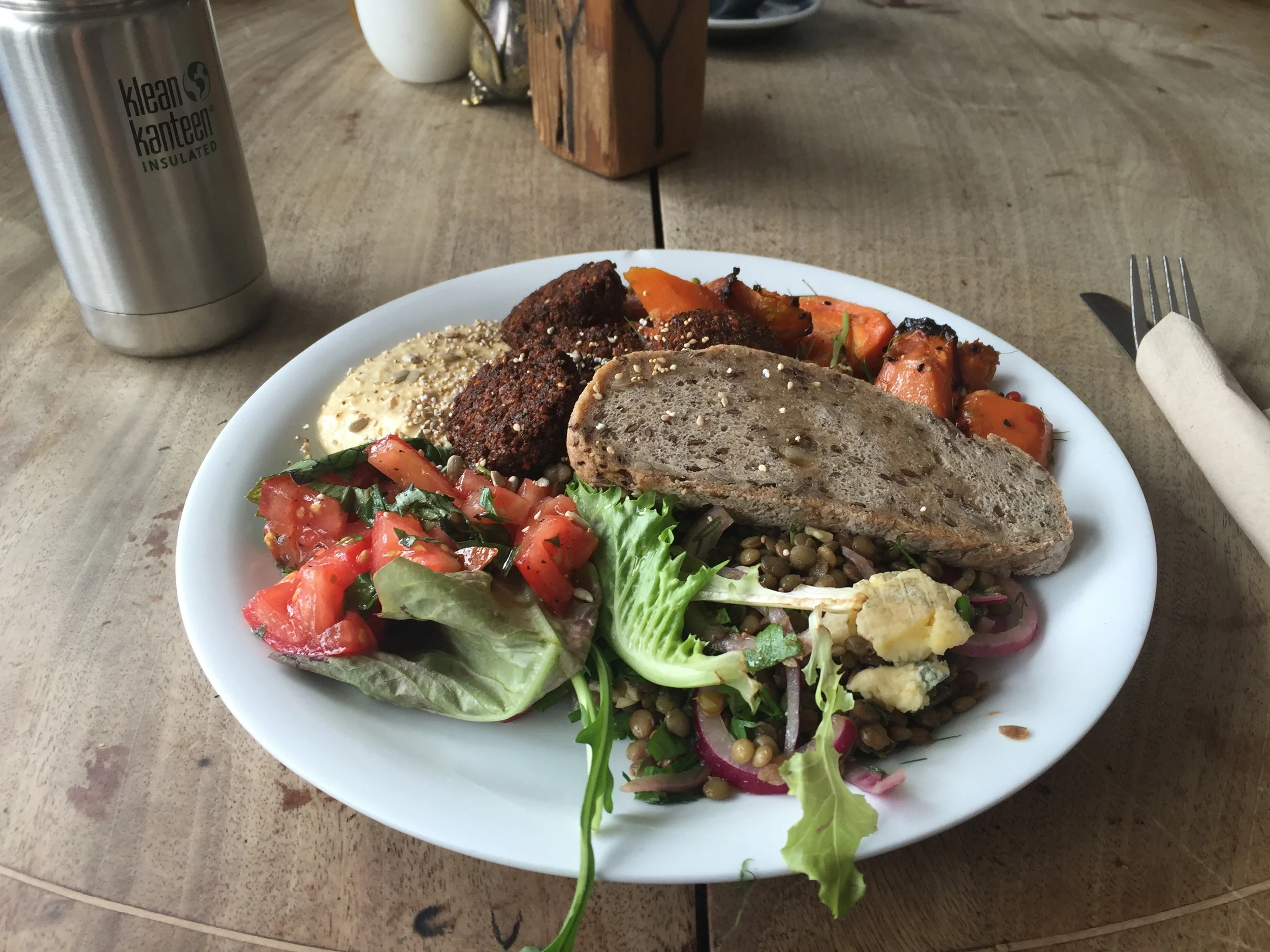
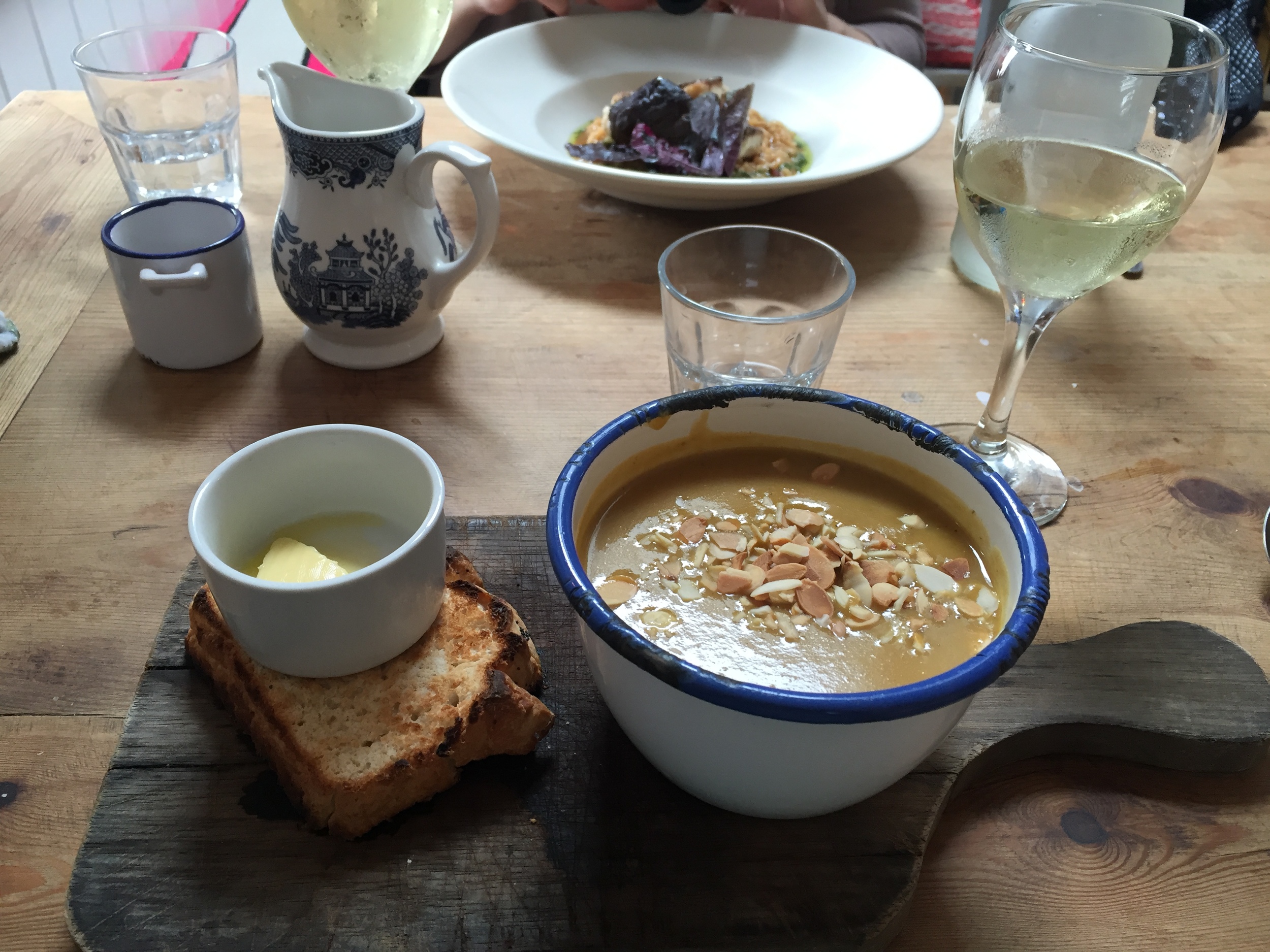
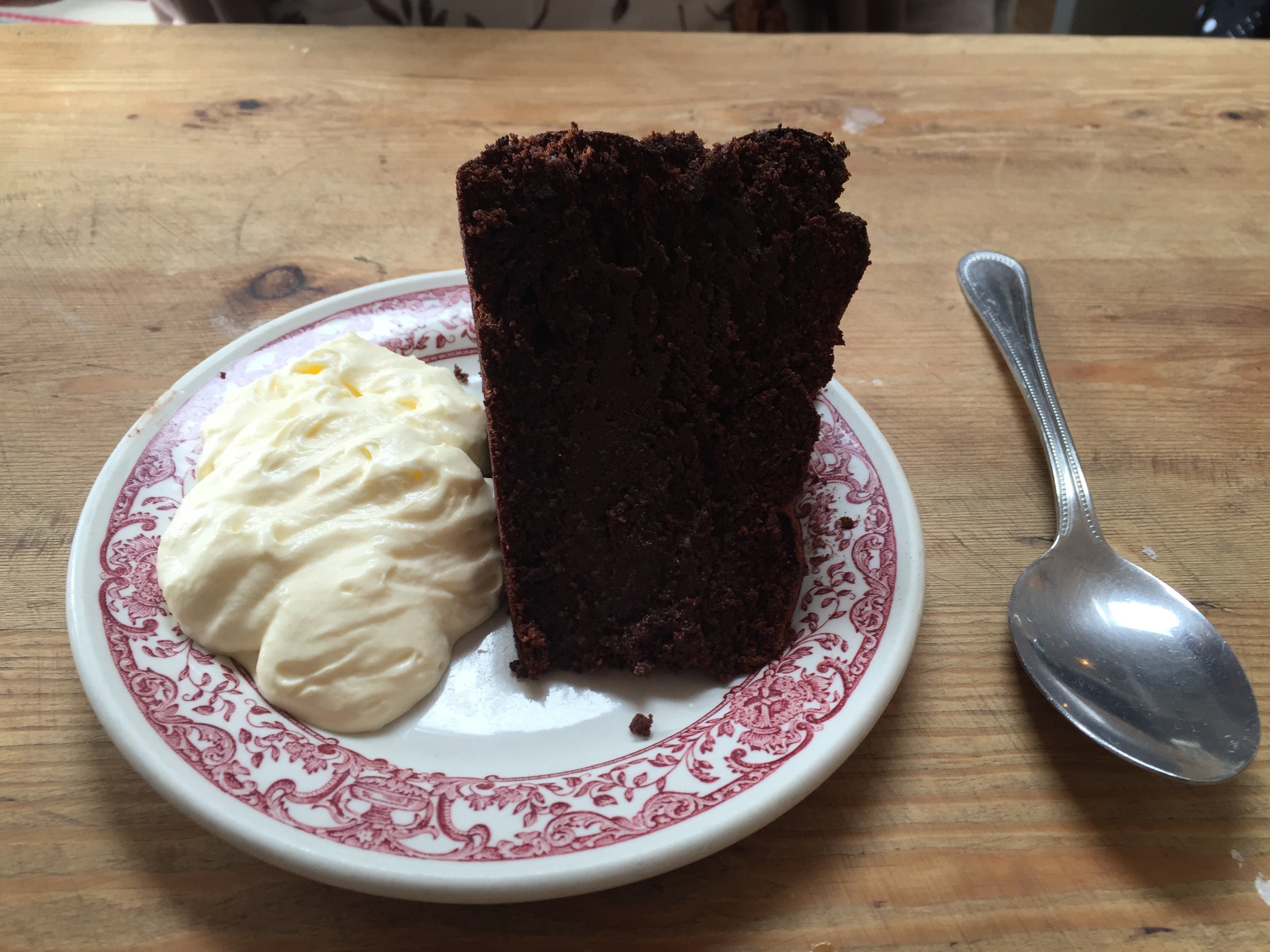

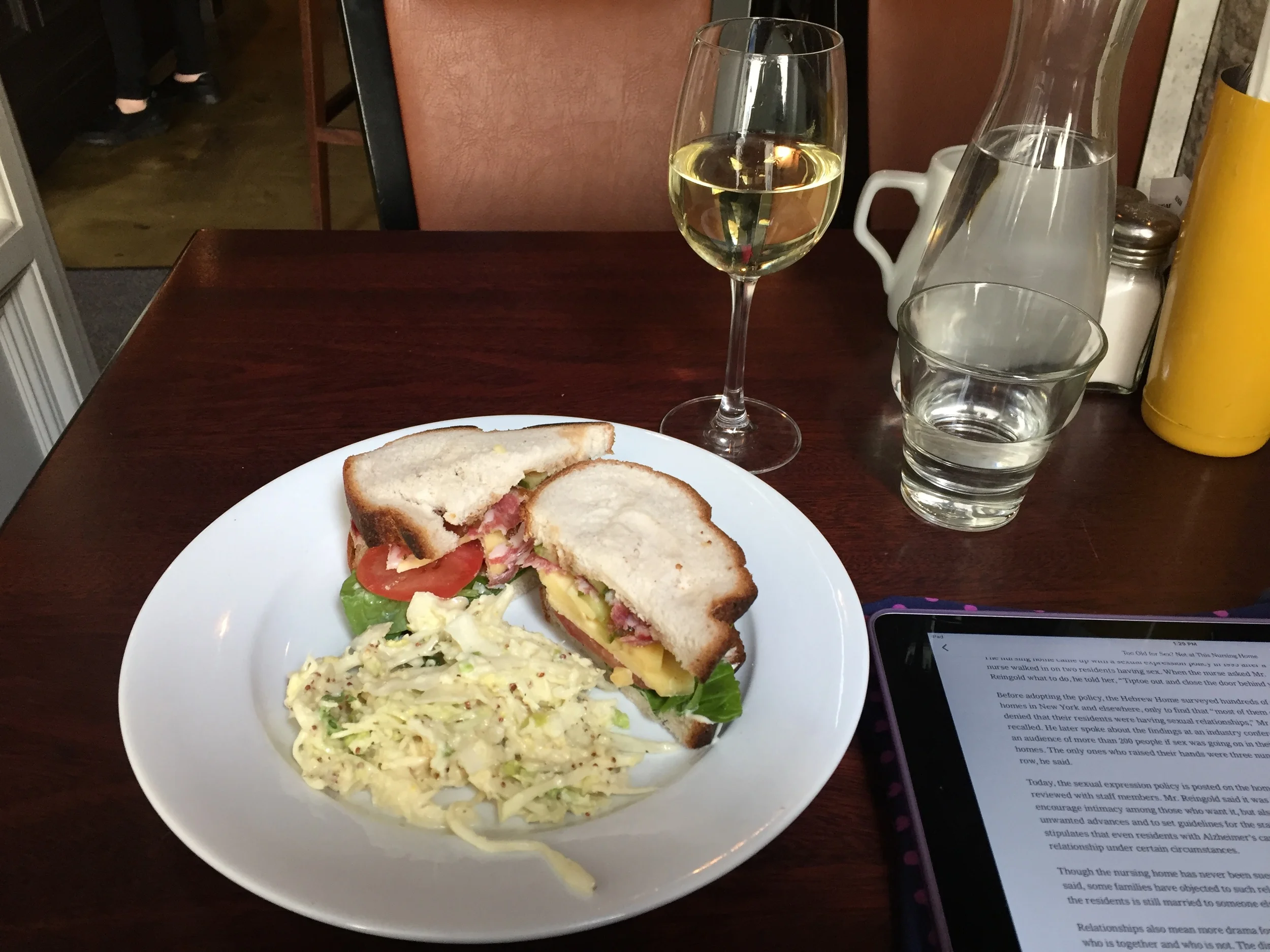

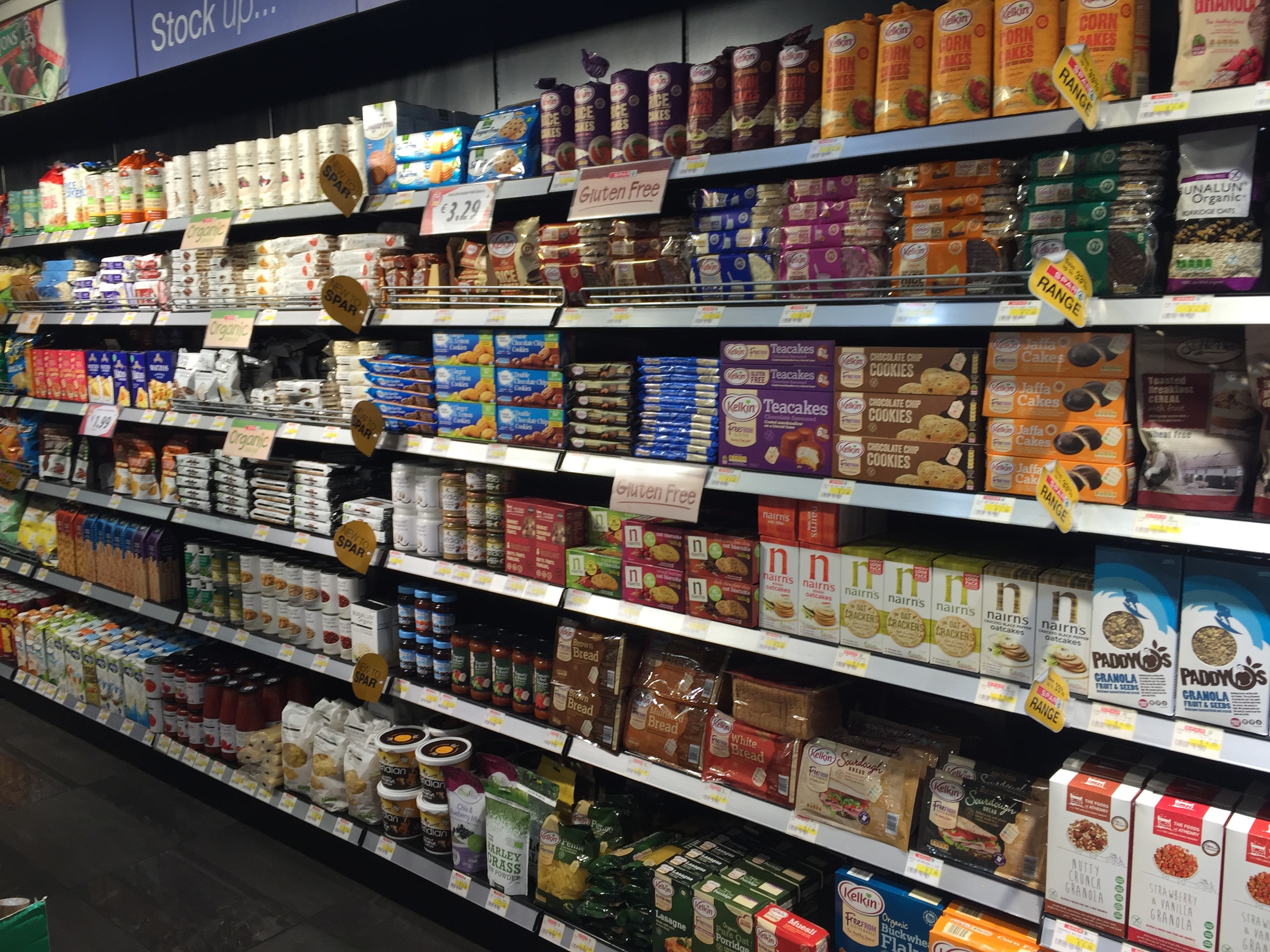
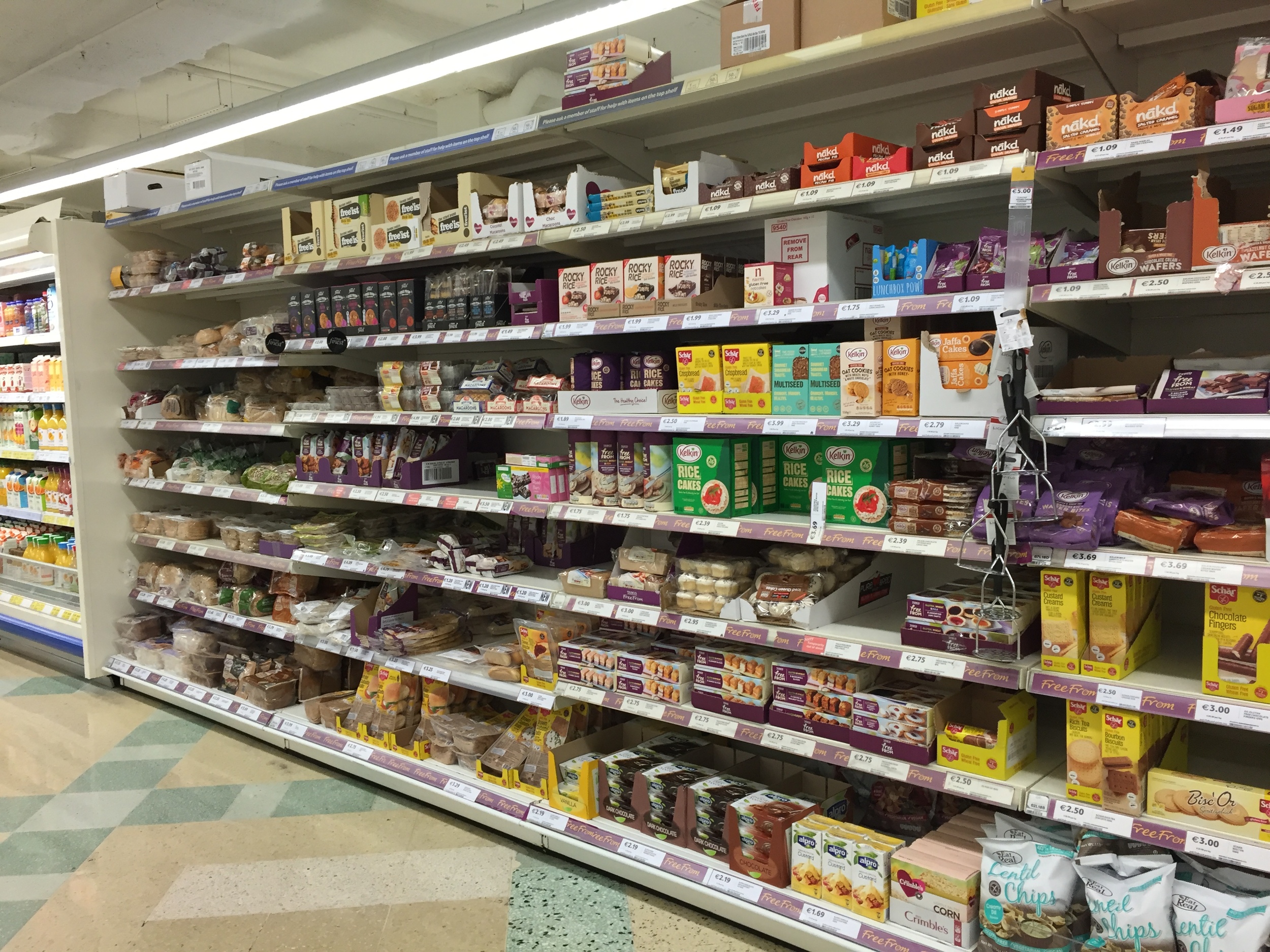
*** This was originally posted on our class blog here.
